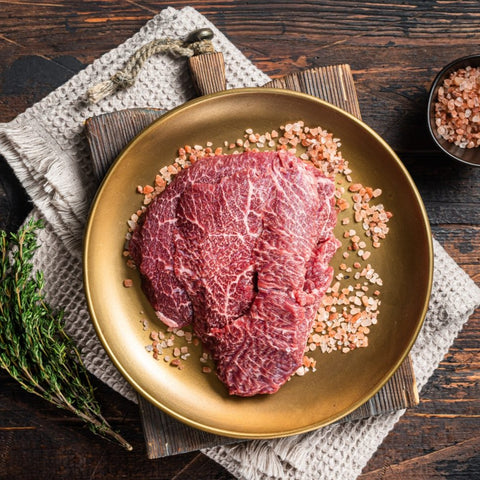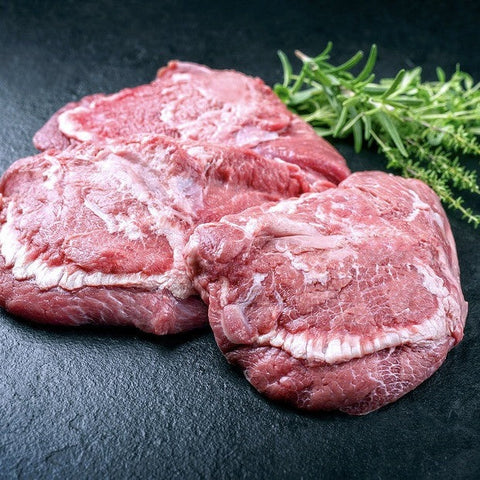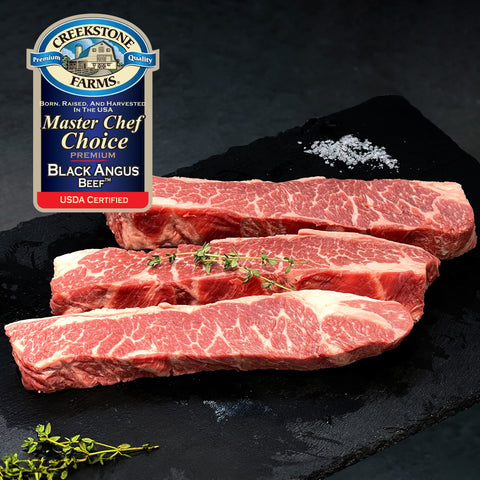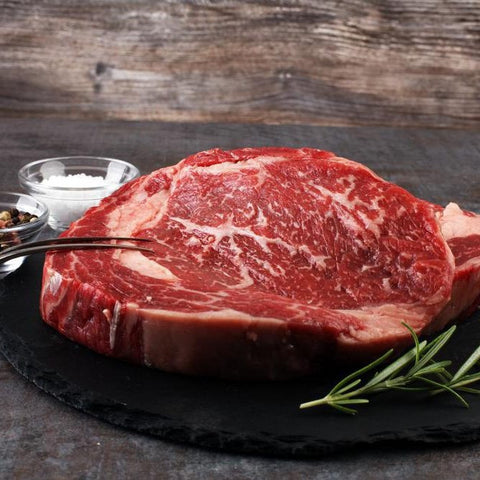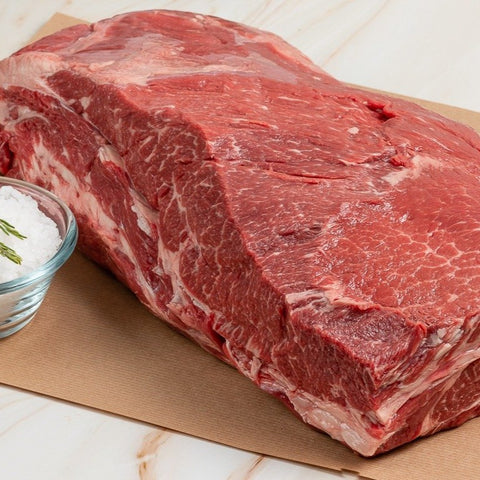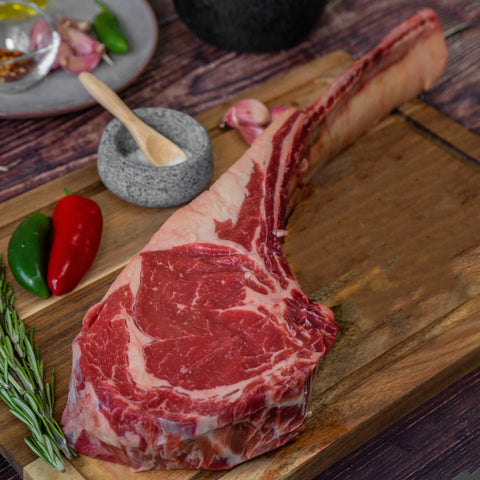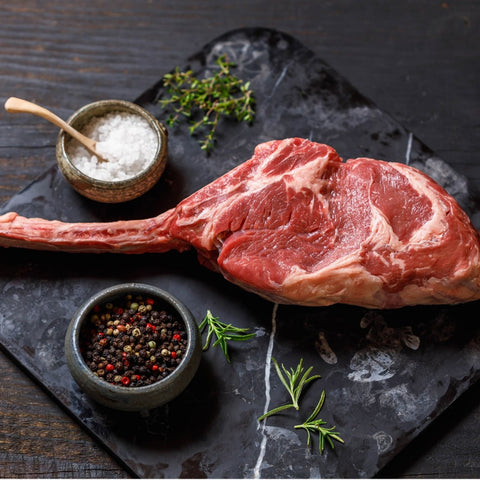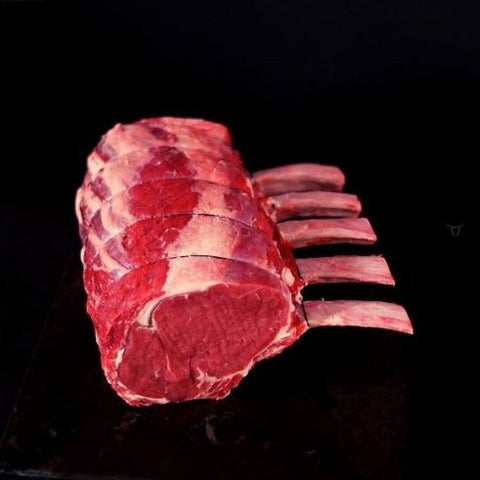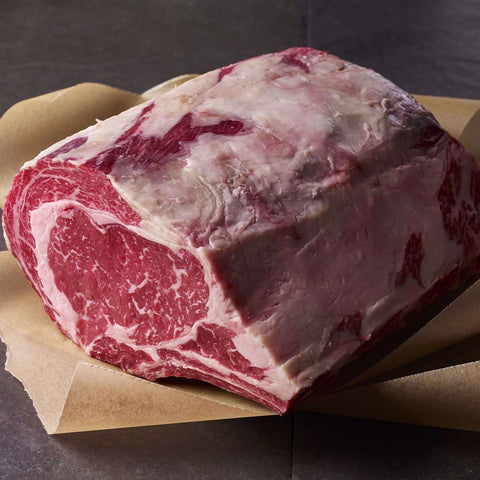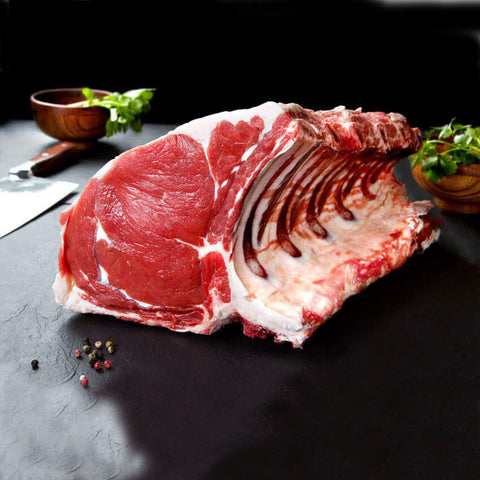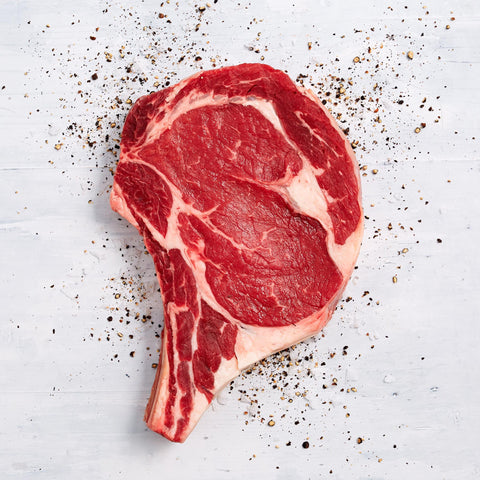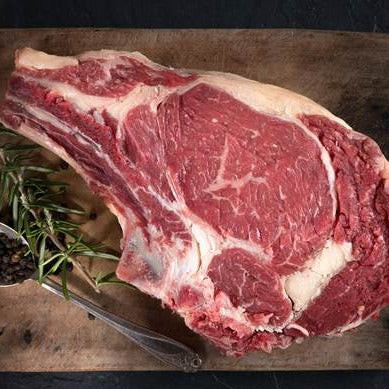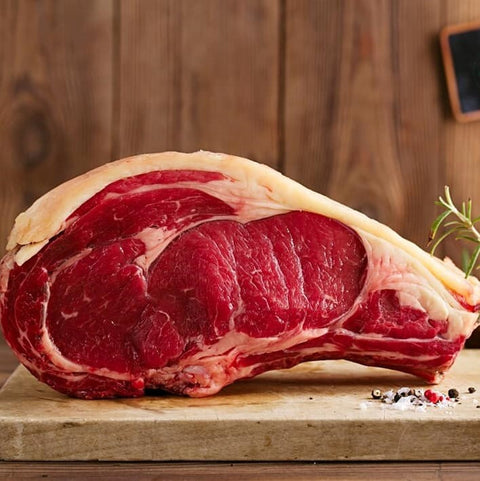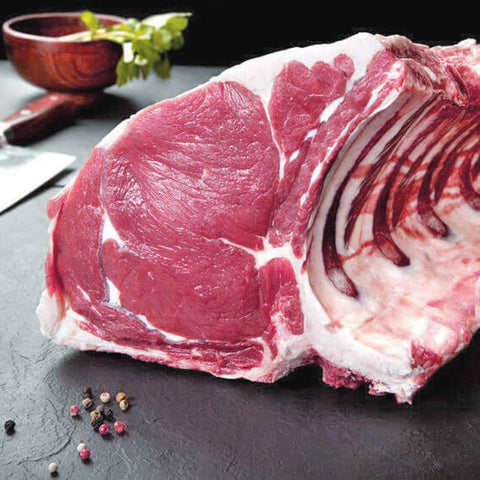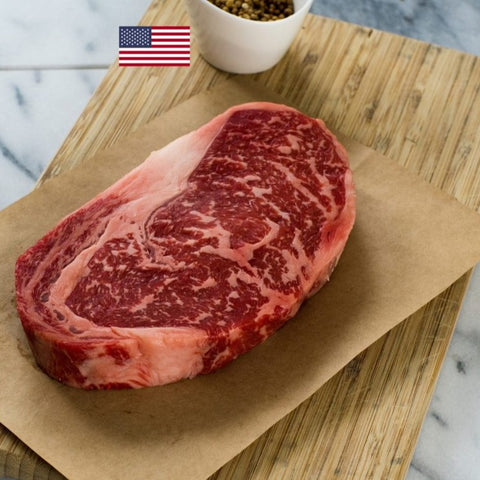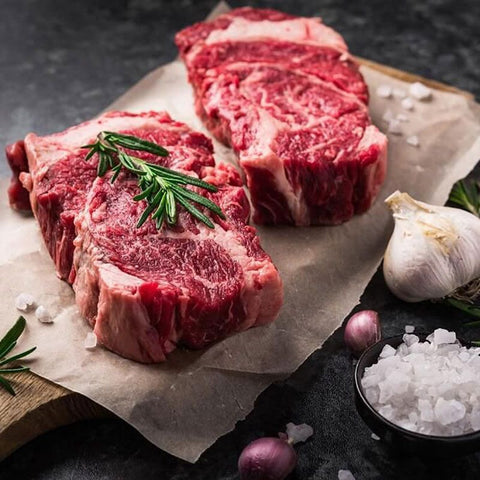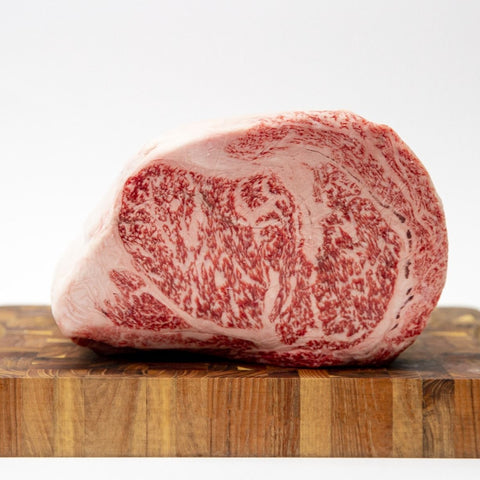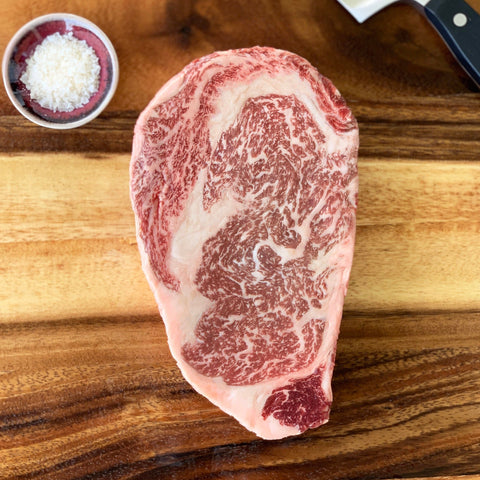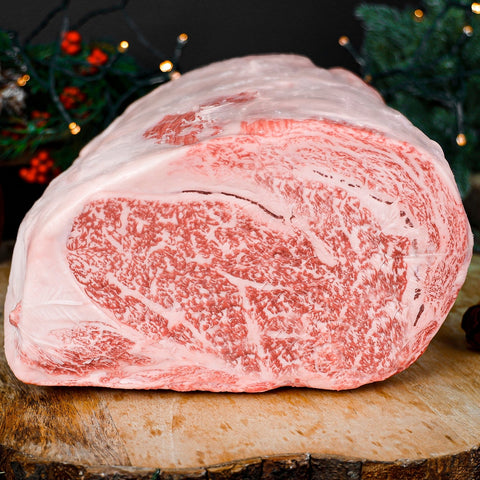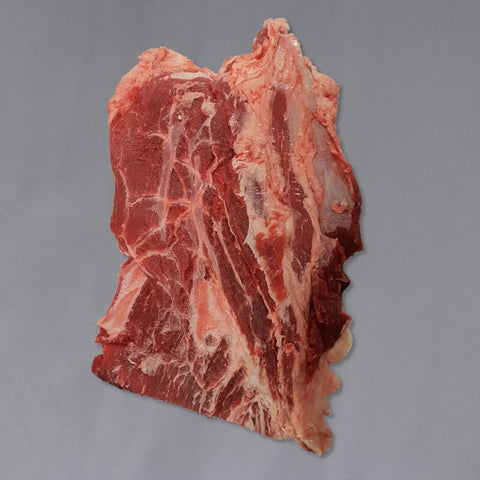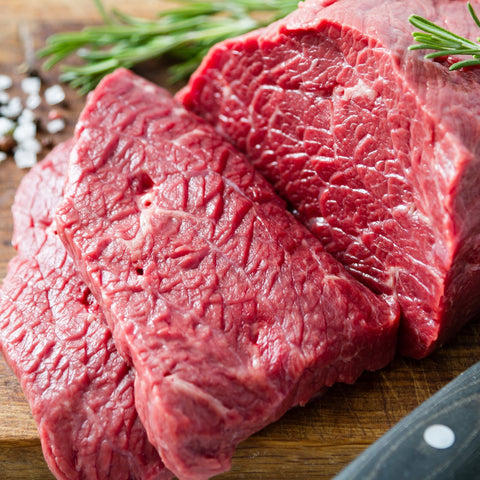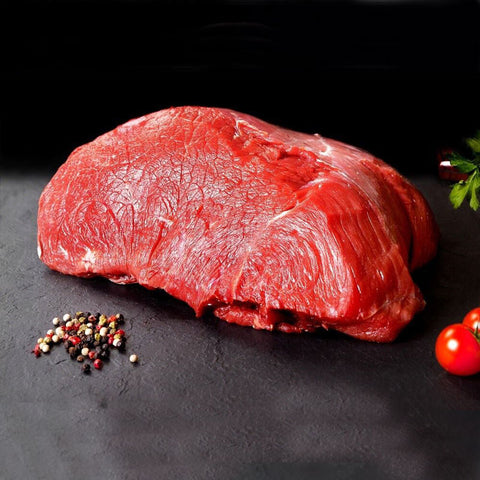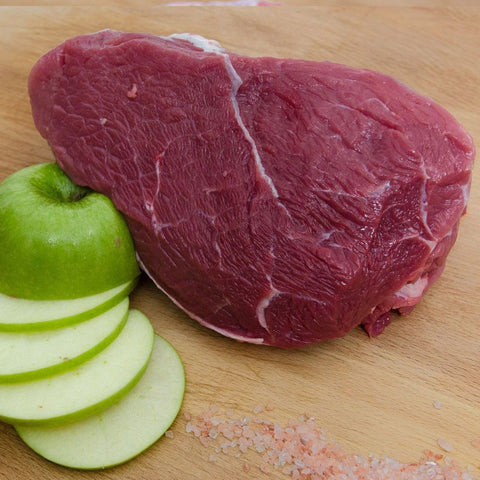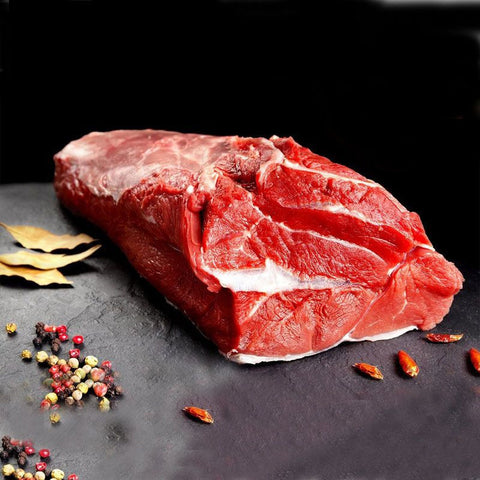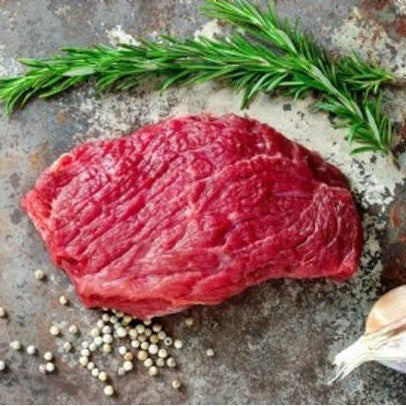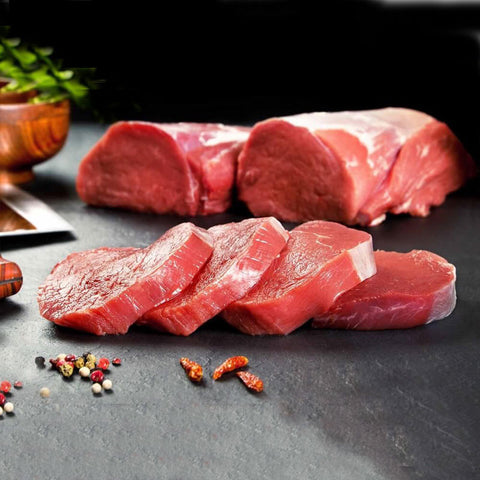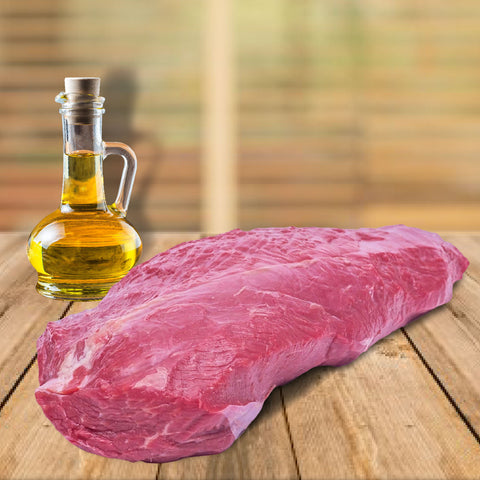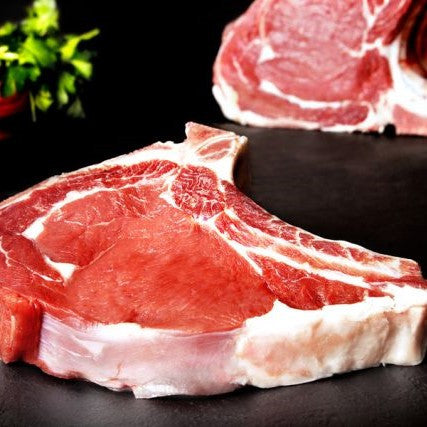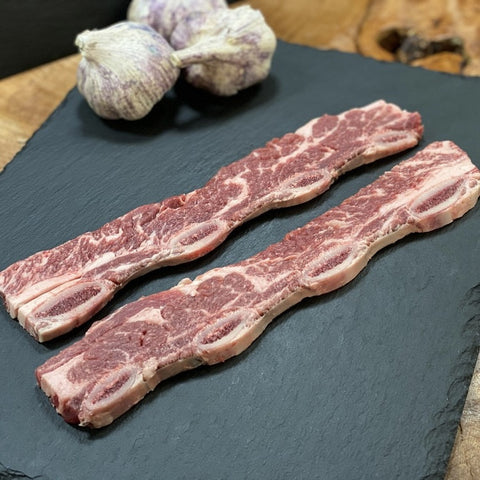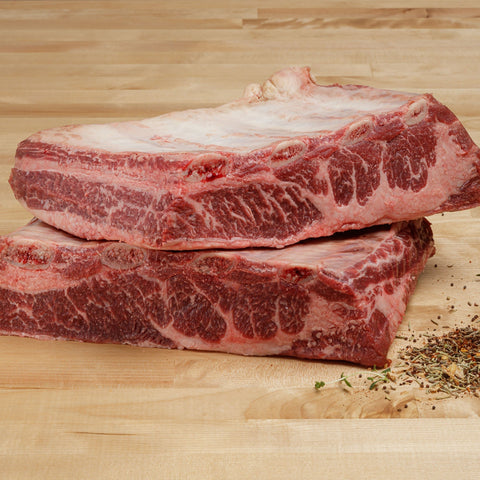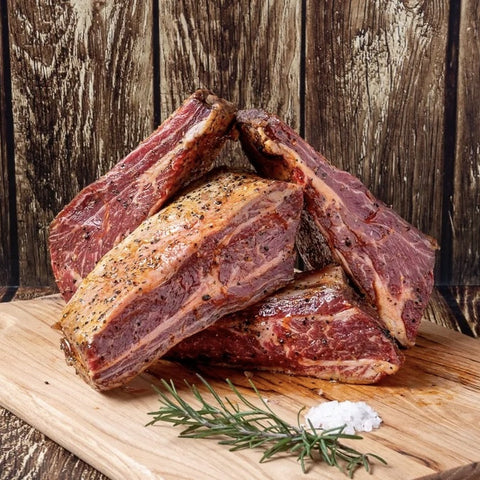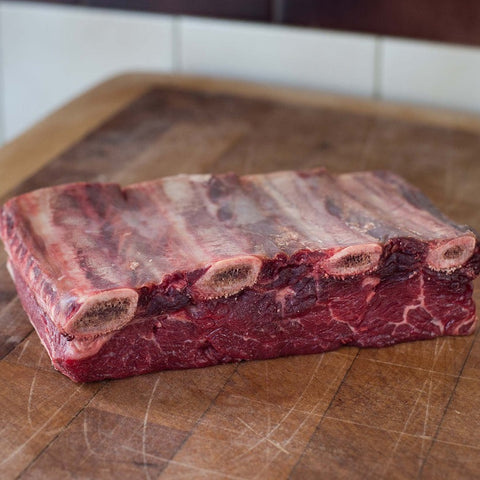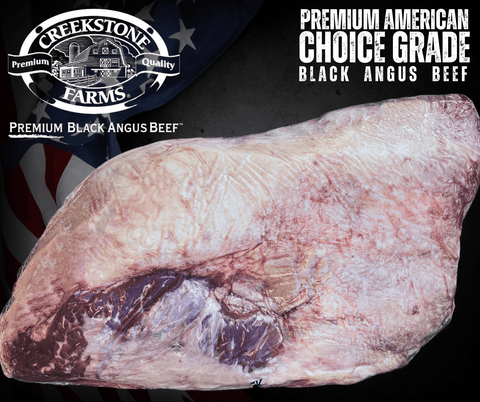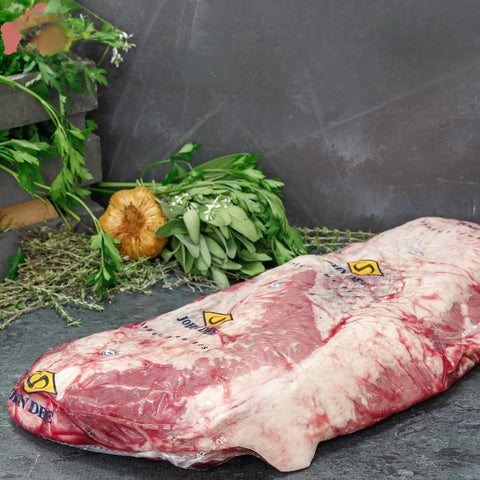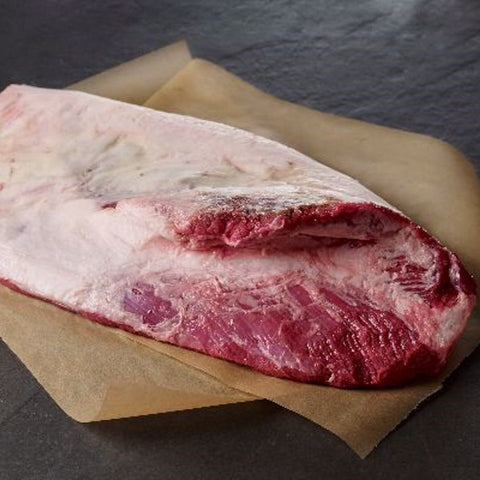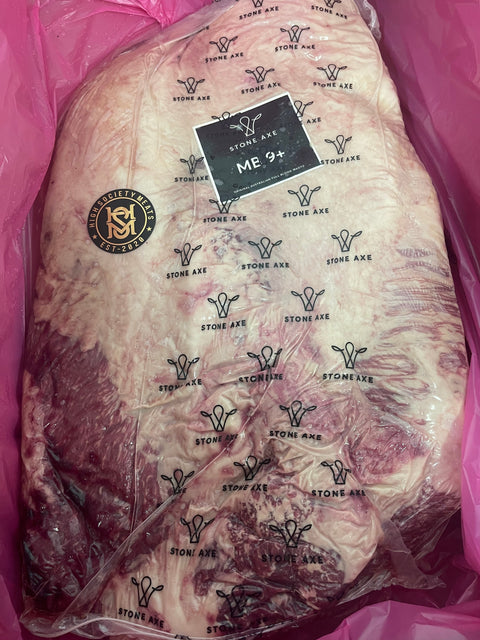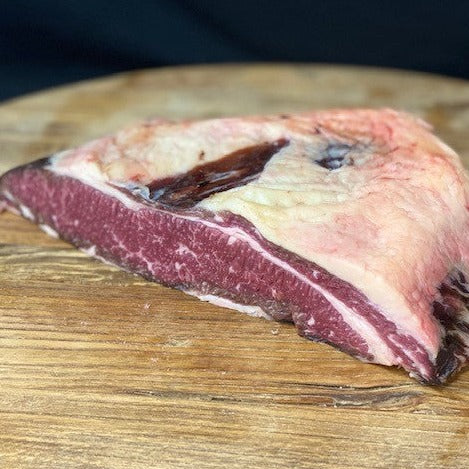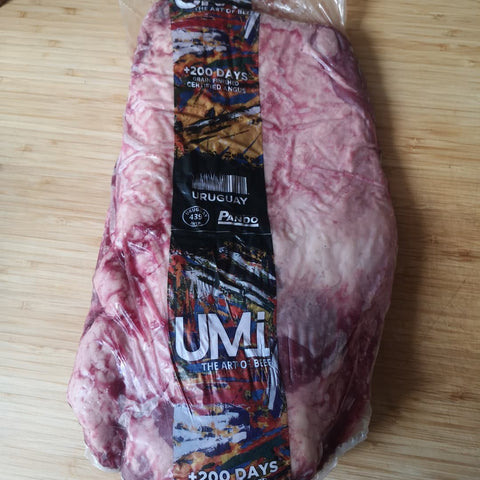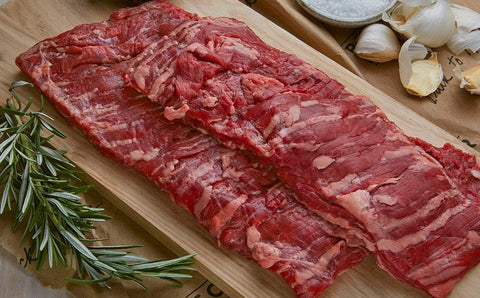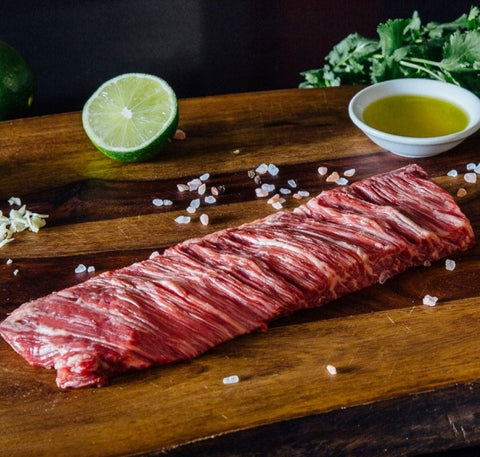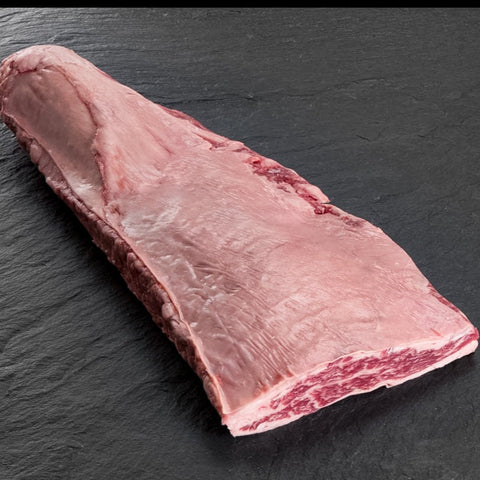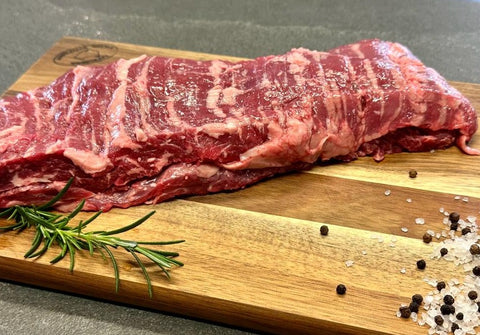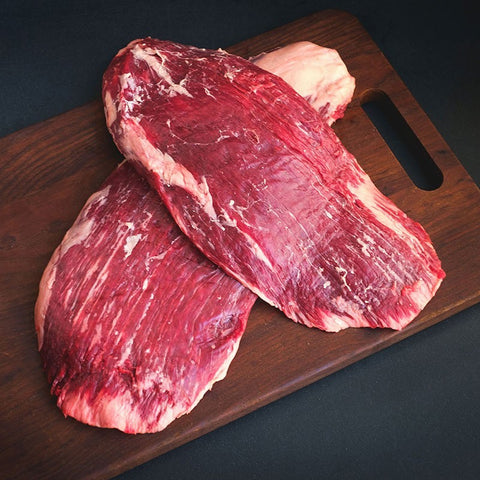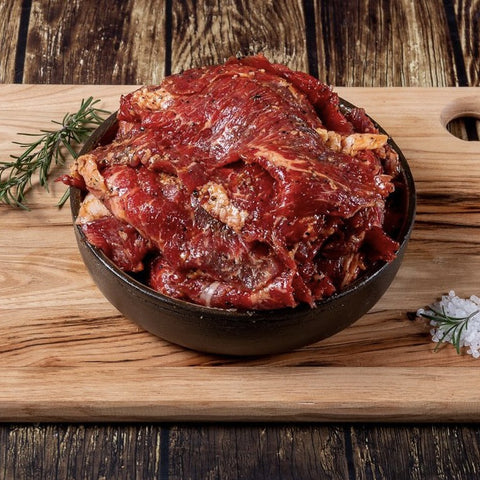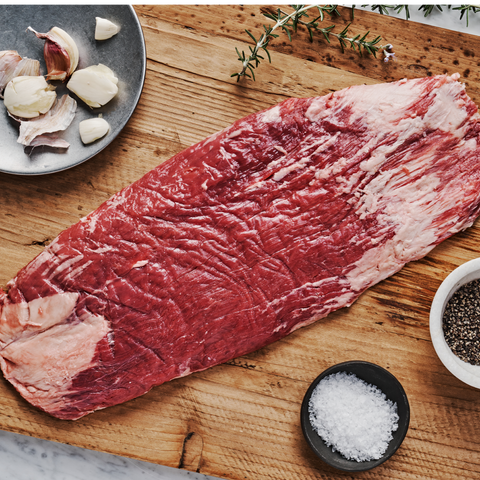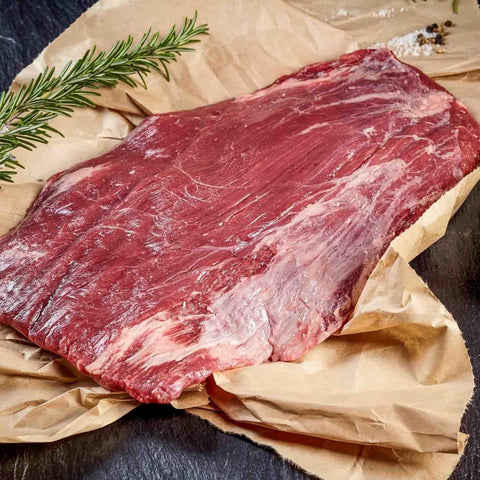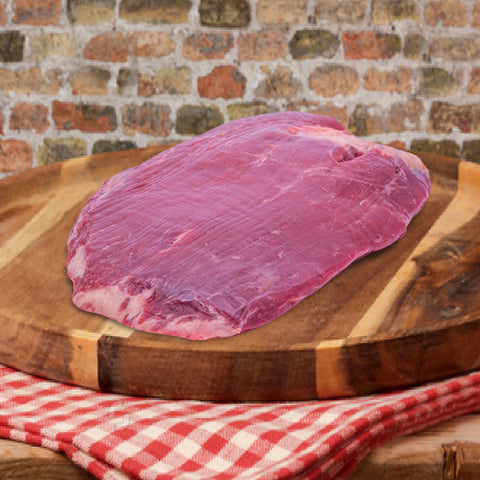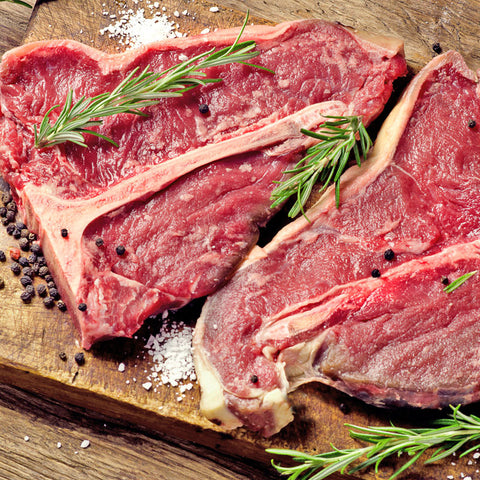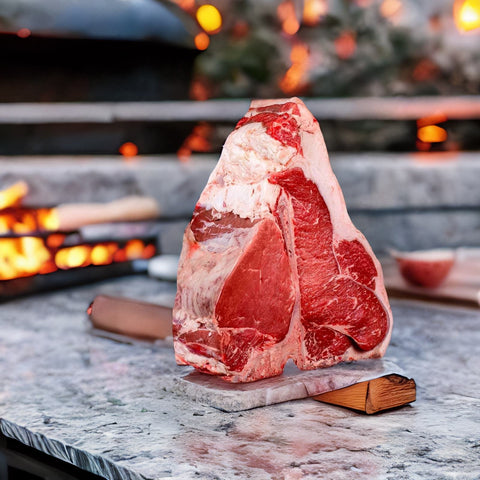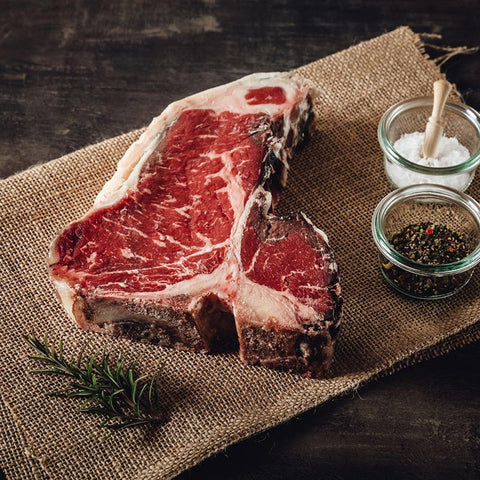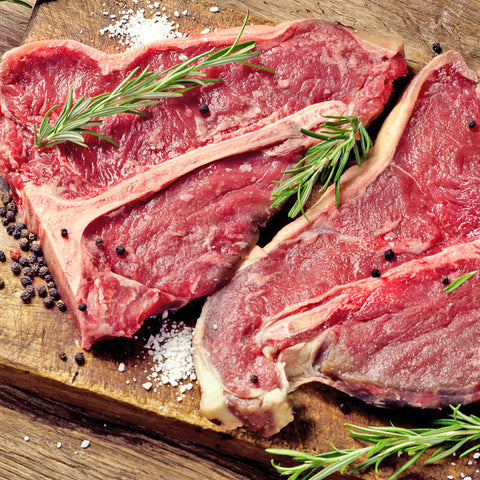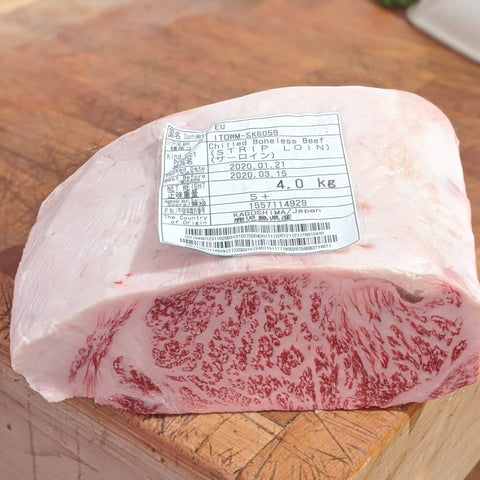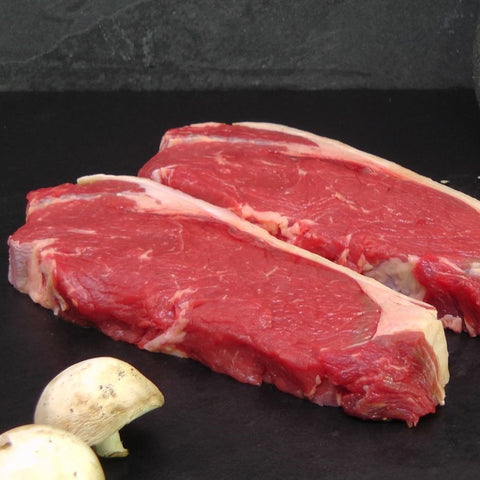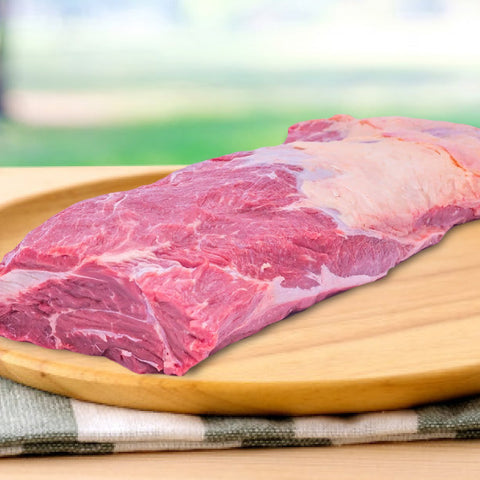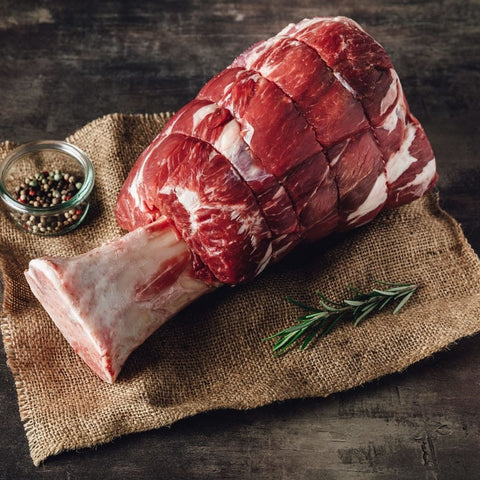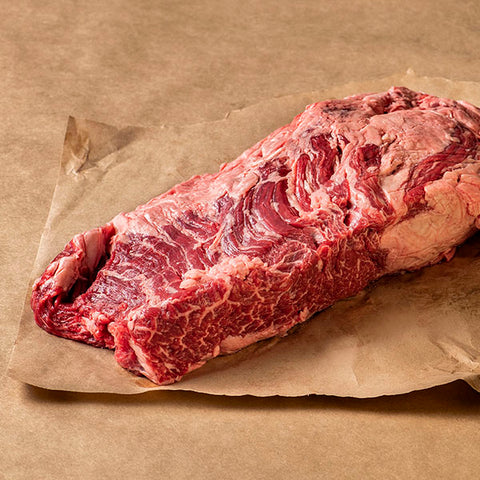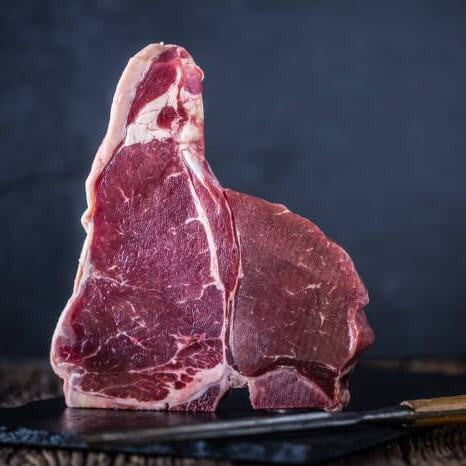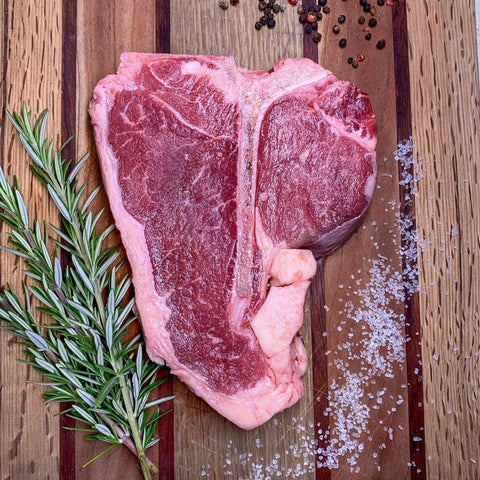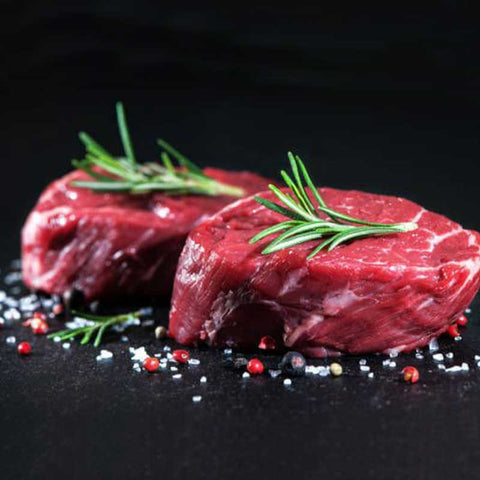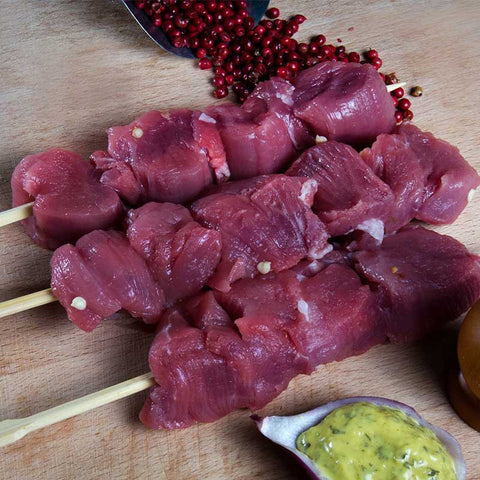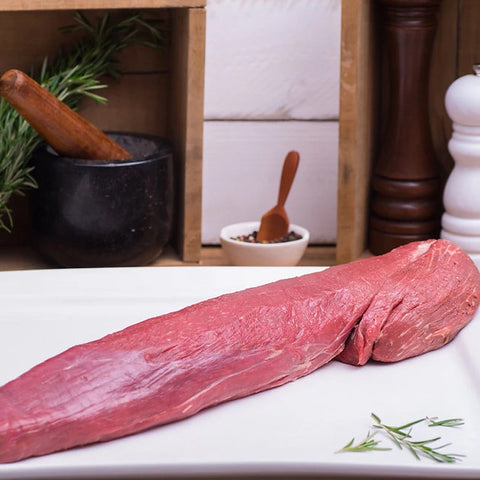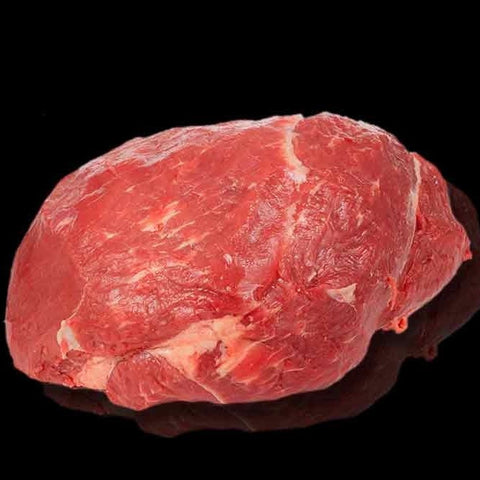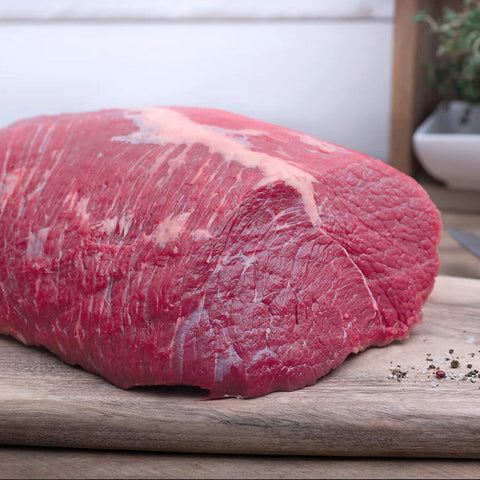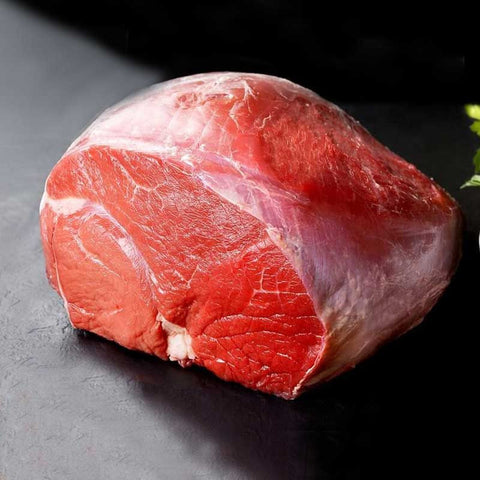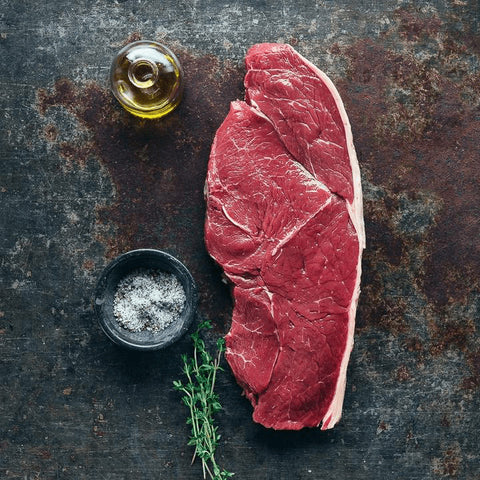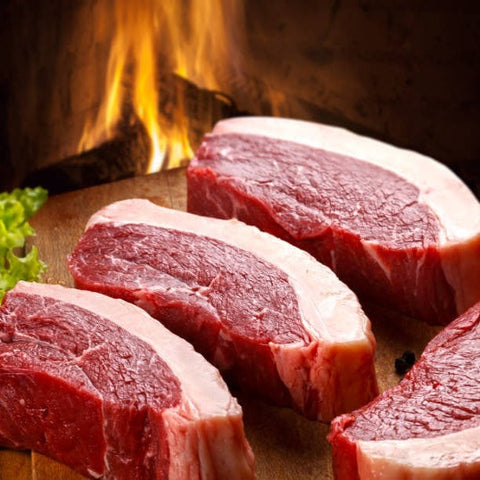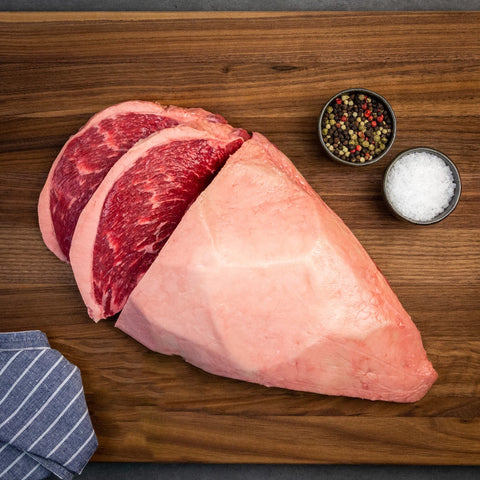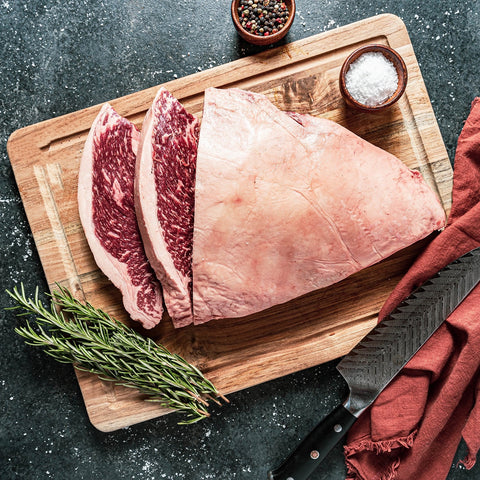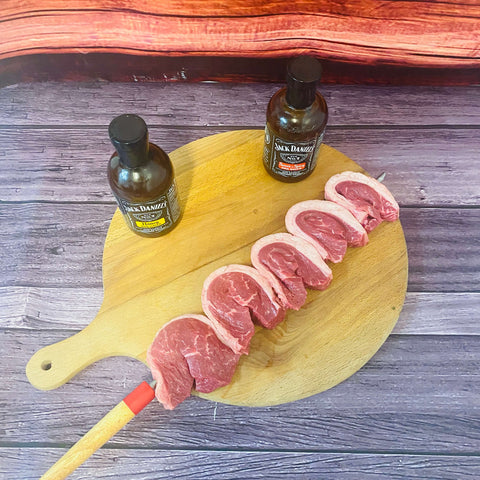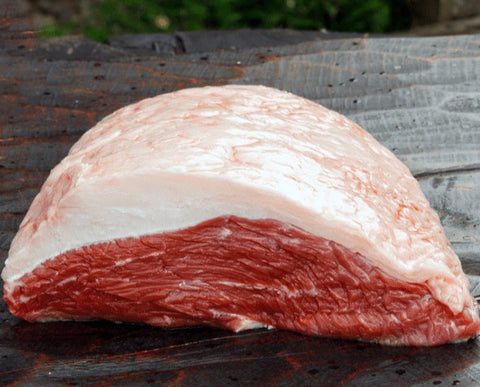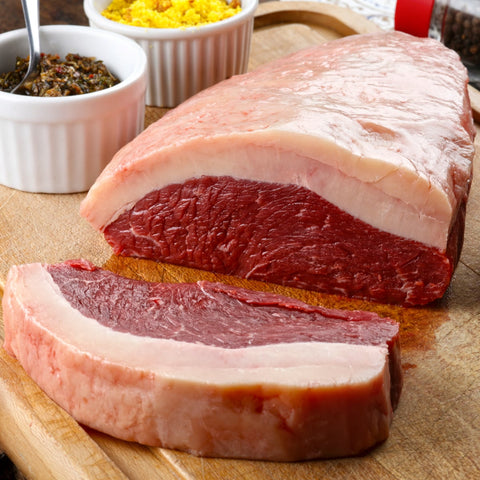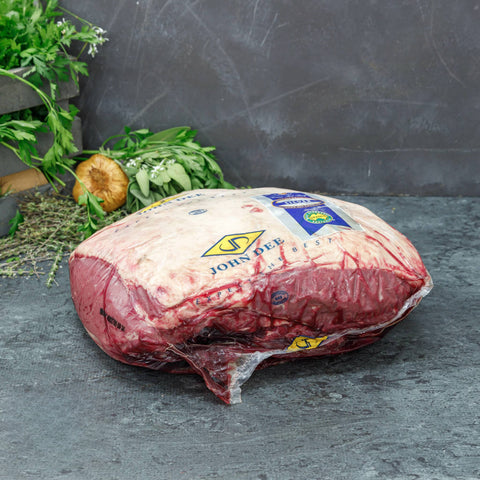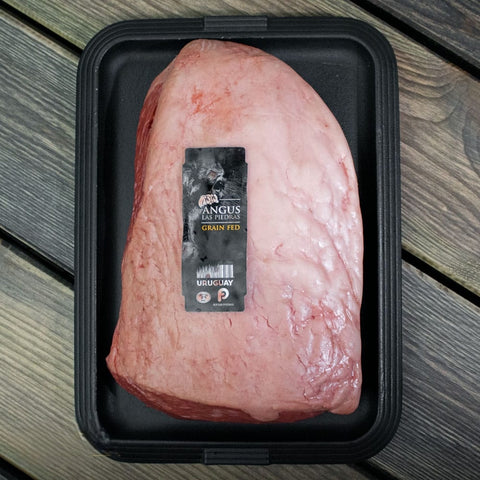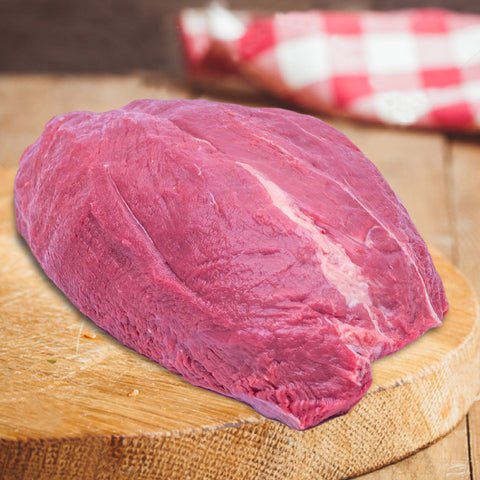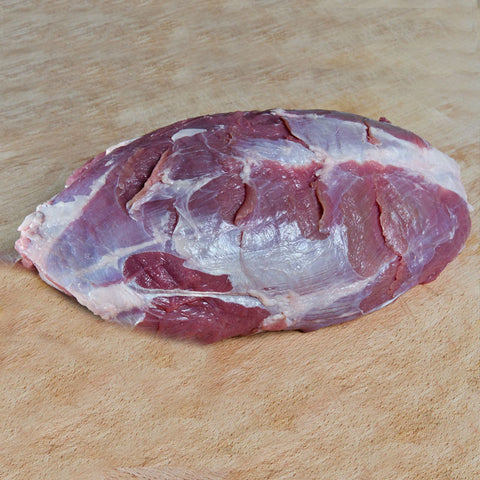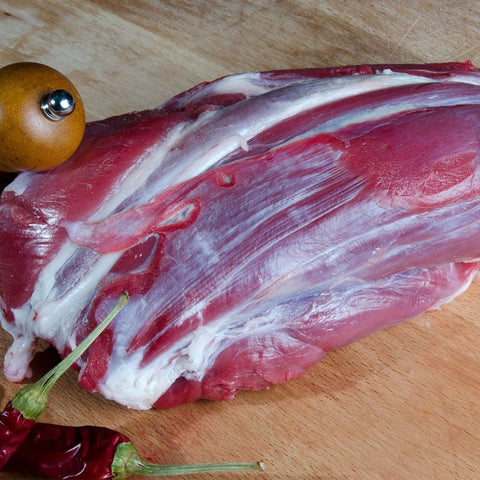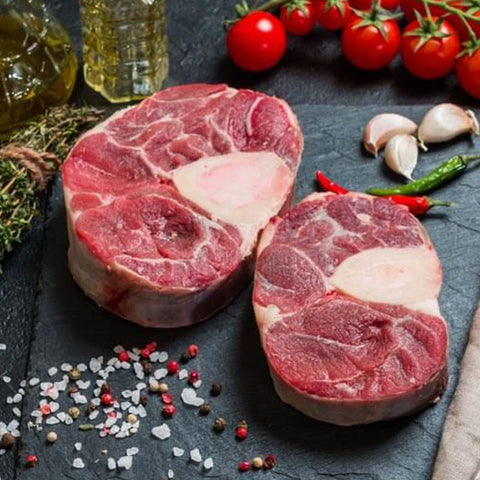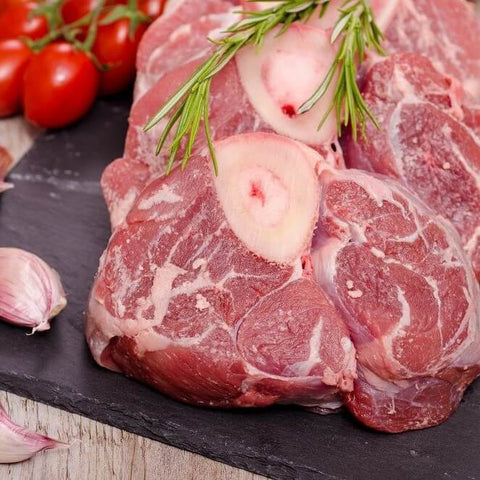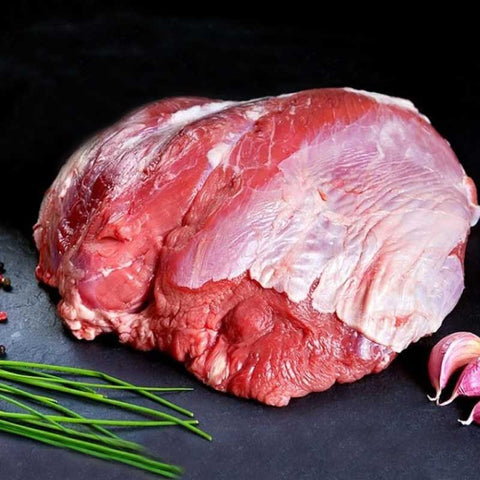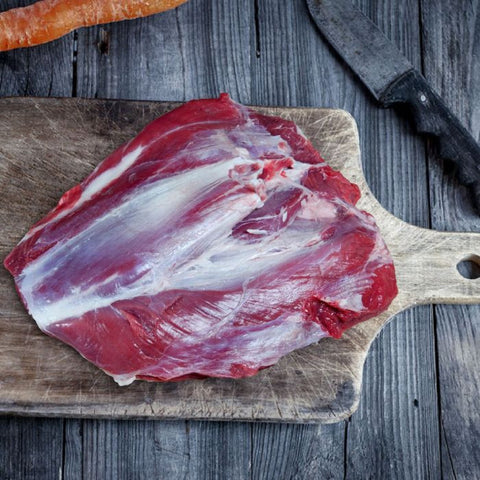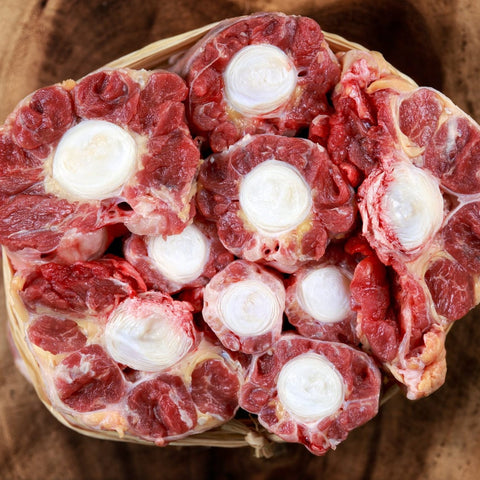1. Beef head
The beef head is an excellent appetizer, it needs a large and good company but also long hours of roasting in a traditional oven. It is good to find a whole head and not deboned. Your butcher will help you find the right one. It is also good for the head to be from a small animal.
2. Cheeks
Beef cheeks are tough, lean head muscles with plenty of connective tissue, our familiar collagen. As calves are ruminants, they spend a large part of their lives chewing their food, making the particular cheek muscles very tough, but also very tasty if cooked properly.
The cheeks are what you need for boiled, juvetsi or braised.
3. Language
It is definitely one of the parts of the calf that we are less familiar with. If you succeed and overcome your initial misgivings or fears, then its taste will more than compensate you. Veal tongue is a choice appetizer in many countries of the world and especially in Scandinavia.
Veal tongue has tender meat (when well cooked) and is very tasty, particularly saucy and perfect for wine appetizers. It is eaten as stewed meat, sautéed, grilled or fried.
4. Chuck Flap / Cap
Tender veal meat, without much fat.
For this particular part, all modes are appropriate. You can make it boiled, stewed, braised, juveci, lemonade, braised, grilled.
5. Chuck Eye Roll / Olive-Sverkos
It is suitable for all cooking methods, except for grilling, but also for minced meat. The pieces of the olive near the bone are soft, while closer to the outer surface, they are harder and more suitable for minced meat.
The olive is suitable for all cooking (braised, lemonade, stew), for boiling, soups, but also for minced meat, in addition to grilling. The pieces of the olive (neck) that are close to the bone are soft, while the closer we get to the outer surface, they are harder and more suitable for minced meat. You can ask your butcher for it, with or without the bone.
6. Tomahawk
The king of beef steak.
The Tomahawk gets its name from its distinctive long bare bone, which closely resembles the distinctive single tomahawk ax of the Native American Indians. It is a Bone In Rib-Eye steak and is located between the 6th and 12th rib of the calf.
7. Rib Eye Bone In Roast
A Standing Rib Roast, also known as a Prime Rib, is a cut of beef from the prime rib, one of the nine prime cuts of beef. While an entire rib section includes six to 12 ribs, a prime rib roast can contain anywhere from two to seven ribs.
It is often cooked “Standing” on the rib bones so that the meat does not touch the pan. An alternate cut removes the top edge of the ribs for easier carving.
For all cooks who love a bone-in prime rib, this cut is ideal.
8. Rib Eye
The ribeye is one of the most important cuts of beef nowadays, it is expensive and in demand, at least in good restaurants.
The backbone of the calf consists of 13 thoracic vertebrae or simply 13 ribs. From the 1st to the 6th vertebra by cutting, we get the shoulder, or as it is more widely known, the shoulder steak . From the 7th to the 13th vertebra we get the rib eye also known as prime rib. This piece, after being cleaned from the bone, gives us the best quality steak consisting of two distinct muscles (one with a characteristic almost round shape) but also an excellent distribution of fat. Each animal has two such pieces and each such piece of rib eye weighs on average about 4.5kg. This is usually portioned into 300g pieces. It is easy to see that from each calf we can get about 30 steaks of 300g.
Here I should note that serious meat distributors limit the production of rib eye between the 8th and 12th vertebra for even better quality so it is understood that the rib eye is a premium part of the animal which is not in abundance, as for the monthly orders of a a good restaurant often needs a small flock. For this reason, combined with its popularity, many connoisseurs present shoulder steaks as rib eye.
9. Dessus de palette / surprise / shoulder cap
A piece of meat that comes out of the upper shoulder cap is as soft and tender as a scallop.
10. Shoulder Clod / Cardia Spalas
On the shoulder of the calf, below the neck, is the scapula. It is one of the least fatty pieces.
All parts of the shoulder are cooked in the pot (lemonato, wine), pot roast, juvetsi, stew, braised, in the pan, but also in the oven and stuffed, wrapped in parchment paper, or mince while the thin part is suitable for grilling or boiling.
11. Top Blade / Scallop
It is located on the outer side of the two front calf quarters on the racquet. Its weight is usually 2-3 kg. The existence of an inner layer of collagen makes it particularly soft.
It is often cut into portions and cooked braised, lemonade, stewed, juvecchi or sliced for baking.
12. Chuck Tender I Spalomita- Spalonois - Vassilopoula
comes from the outer side of the veal shoulder, very soft and lean meat and is one of the most tender and delicious cuts, with a low fat content.
Ideal for braised, lemonade, juvecchi, pot roast, stew.
13. Stavlisia / Spaloprizola
Greek veal sirloin These are the first 4 - 5 ribs of the back. They are usually cut into pieces about 3 - 4 cm thick, with a cut perpendicular to the spine and, above all, they are intended for "on-the-moment" foods. But they can also be sold boneless as a single piece for oven roasts.
14. Short Ribs / Railroad
A multi-dimensional cut of beef. Short rib is the horizontal extension of the veal steak, originating from the breast and sides of the calf. It is a muscle, which is attached to the ribs of the calf, has an internal fatty structure, and is particularly tasty and juicy.
It is an ideal choice for slow grilling on the coals or in the oven, in order to shield it on the outside and keep it juicy on the inside.
15. Brisket / Chest
It is a piece of beef breast and consists of two muscles, one leaner and one fatter. It is a classic American cut that – thanks to barbecue competitions – has started to gain popularity in Europe as well.
Cooking brisket does not require effort, but it does require patience. It is not easy to calculate in advance the exact preparation time because it depends on the thickness of the meat and its fat content.
A piece of brisket is not cooked over direct heat on the grill. Brisket needs very slow cooking, with smoke! If you don't have a closed type grill the best way to cook it is in the oven in a good shell.
16. Skirt Outside - Inside / Diaphragm
It is one of the tastiest cuts of beef.
Although it is considered a tough cut, with a lot of binder, it is an excellent "steak" for grilling.
Both the Inside and Outside Skirt are the cut, boneless portion of the diaphragm muscle. The Inside Skirt is a long, flat, fibrous muscle, and is characterized by a deep, meaty flavor.
This cut was not commercial in America. However, in Mexico it made a splash (since it was much more economical) because it was used in the production of fajitas.
This changed in the 1980s, when the popularity of the fajita dish increased in America, which fatally led to an increase in the price of the cut.
17. Flank / Lapa
Bold choice of special cut of beef. It comes from the calf's belly and is a well-exercised part of the calf (as it helps the animal to walk and turn), quite fibrous, with a very low fat ratio, it is less tender but particularly tasty, with strong aromas. Once you learn how to buy and prepare it, chances are it will become one of your most favorite cuts of beef.
It is particularly soft and is usually made into minced meat. But it can be cooked in the pot and grilled, in the oven and in the pan.
18. T-Bone - Versus sirloin
It is by all accounts one of the most popular cuts worldwide. It is a classic fine choice of beef steak.
The T-bone steak consists of the first "contra" steaks with "mignon" filet. It gets its name from the characteristic “T” shaped bone that forms between the steak and the fillet. This is a lean steak, particularly tasty and tender.
To qualify as a T-Bone steak, a fillet slice must be at least 1.3cm wide and at least 3cm thick from the tip to the bone.
19. Striploin / Contra
Striploin Steak is renowned as the most versatile of all the classic cuts and is a juicy, richly flavored steak.
It is characterized by large and dense meat fibers and a low content of intramuscular fat. It is located in the rear part of the back of the calf in continuation of the Short Loin. It is cut from a thin end of tenderloin located in the loin area of the calf after the 13th rib.
It is an ideal choice for grilling on charcoal or other cooking stoves. The ideal degree of doneness is medium (it should be cooked first on high heat and then on low heat). This steak is best seasoned only with salt and pepper so that nothing interferes with the flavor of the meat.
The Striploin Steak is famous as the most versatile of all the classic cuts and is a juicy steak with a rich flavor. It is characterized by large and dense meat fibers and a low content of intramuscular fat.
20. Bavette - Flap
Flap steak or bavette is a long, flat cut of meat taken from the abdominal muscles of the calf, just below the bottom of the sirloin. It has a disordered structure and is rich in intramuscular fat. It is thicker than sirloin and flank steak with a strong meaty flavor that allows it to stand up to strong sauces and accompaniments.
It is relatively close to the flank and has a similar texture to it but is slightly thicker and fattier so it gives a juicier result. It is a special cut of beef, which comes from the low back - lower part of the animal, and is very thin in thickness.
21. Porterhouse / Filet counter
Many people can tell the difference between a sirloin steak and a side dish. Many people know the T-bone steak. But few have enjoyed a porterhouse steak.
The porterhouse steak is "grown" in that part of the veal where the fillet (specifically its "tail") is adjacent to the chops, i.e. on the back of the veal and just before its rump - in the loin.
22. Tenderloin / Fillet
It is the best piece from an organoleptic point of view and can be divided into three pieces, the head, the body and the tail of the fillet. From the head and body we take the various steaks, the tournedos, the chateaubrian, and from the tail the medallions, the filet mignon, etc.
Cut into slices for grilling or in a non-stick pan. But it can also be cooked whole in the oven.
23. Tri-Tip
It is the small triangular muscle located on the back of the calf and originates from the end of the sirloin, between the belly and the thigh.
This is a fine boneless cut with external fat and internal muscle fibers and is one of the tastiest cuts of meat. If cleaned (remove fibers, membranes, etc.) and cut properly after roasting, it has a strong meaty flavor, bite and juiciness. It is an excellent piece for baking either sliced or whole in the oven.
Tri-tip makes a great piece for grilling either sliced or whole. However, due to its low fat content, care must be taken when baking in order to keep it juicy.
24. Tranche grasse -Knuckle / Round
It is the front outer part of the thigh that reaches the knee. It is particularly tender meat, without much fat.
It is cooked like panty, from which it has less fat. High content of collagen, which helps to "bind" the sauces.
25. Hanger
It is a tender cut of diaphragm that "hangs" between the rib and the loin of the calf, hence its name (hanger: "hanger"). Also called onglet (in French bistro).
It belongs to a category of beef known as "flat steaks". It doesn't have a lot of intramuscular fat and it's a boneless muscle with a metallic aftertaste. Its pleasantly fibrous texture and its extremely textured - deep meaty - taste are especially highlighted if it is cooked rare.
26. Rump / Panty
Fine beef, special American cut. Otherwise, panty steak.
It originates from the back of the spine, specifically above the round and tailbone, behind where the loin comes out, and includes the last vertebra of the spine and the pelvic bone.
It is one of the hardest and most trained, "working" parts of the calf, after the tail.
It is a lean cut, particularly tasty, as it is preferred as an alternative to fillet.
Rump steak is larger in size and firmer in texture than sirloin and is often considered to have a rich, deep, intensely meaty and rich flavor.
27. Picanha / Panty cap
This is the panty cap. Its name basically describes a triangular, almost wedge-shaped cut on the back of the animal's back, between the last chops of the rump and the rump. It is also known as "cafe cap".
It is a particularly tasty and tender part of the calf that is shielded externally by a layer of fat, as it belongs to the muscles that throughout the life of a calf do not move sufficiently, that is why it is so tender.
Grilled on a spit or as a steak. If you want to serve it as a large souvlaki, cut it into thick half-circles, at least 9-10 cm and pass them carefully, so that they do not hang and cook evenly, on a large oiled skewer. The thicker its pieces are, the better and "weighted" they will be on the spit. If you want to serve it in steaks, cut it into thick steaks, in the same direction as the fibers.
28. Shank I Mouse
The front leg (mouse) is a piece with quite a bit of fat, particularly rich in collagen. Ideal for children.
It is usually chosen for stew or soup, making broths, and stews, as it is a tough cut. From this part we also get the gelatin for the broths.
29. Osso buco
The osobuko, which got its name from the Italian dish for the preparation of which it is used. In essence it is about the mouse with the bone. It is simmered in the traditional way, with red or white sauce. It is also suitable for the stew with vegetables, to be cooked for several hours in the oven. It is very tasty meat, which is due to the high amount of collagen in this cut, and its flavor is enhanced by the marrow on the bone.
30. Hammer
If you're into big chunks of meat, this Beef Hammer is really for you.
This one weighs between 2.8 and 3kg and is perfect for your BBQ (if your BBQ is big enough anyway)
This huge top loin of Limousine Beef is perfect for Low and Slow BBQ and if you prepare it right it's just as tender as osso bucco.
31. Nerveux de gîte / Turtugita
It is a piece of meat with exactly the same structure as that of the mouse, simply because of its anatomical position it is much softer than the mouse. They are indicated for everything and the mouse.
32. Oxtail / Tail
The animal's tail. It usually weighs between 1-2 kg. Its peculiarity is that due to the anatomy of the calf it is thick at one end and thin at the other. It is a good idea to buy two tails together to ensure more thick and hearty pieces.
Tail meat may be scant, but it's shockingly delicious (Its strong flavor usually comes from the bones and marrow, while the dense texture is due to the collagen released during the slow cook).
It is cooked in the pot as well as in the oven. It requires slow cooking, to give the meat its best characteristics. There is a good ratio of lean meat to fat.

